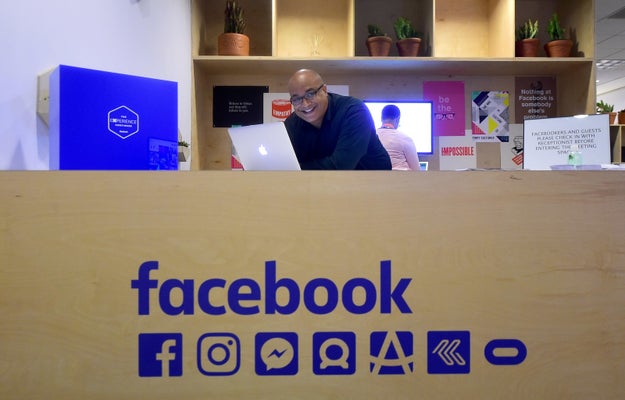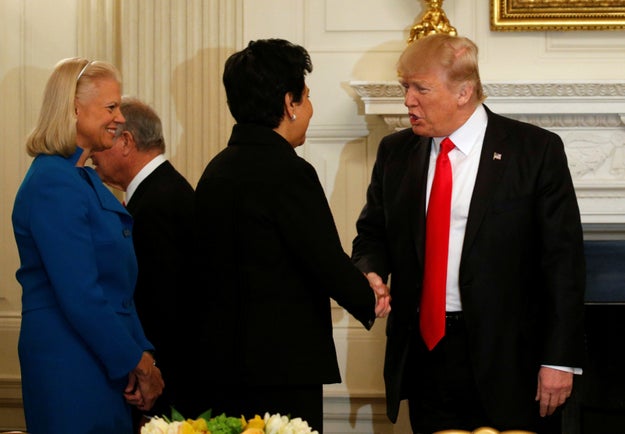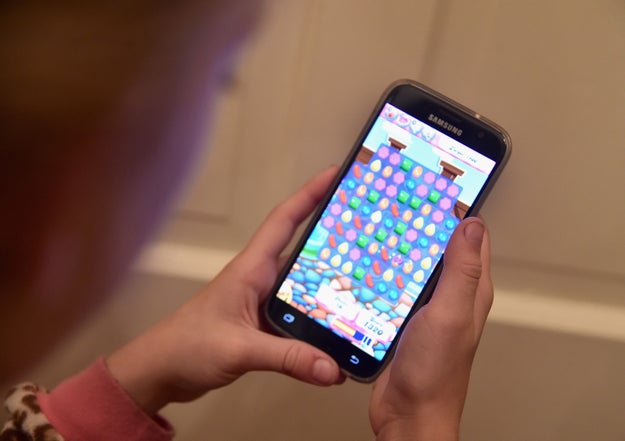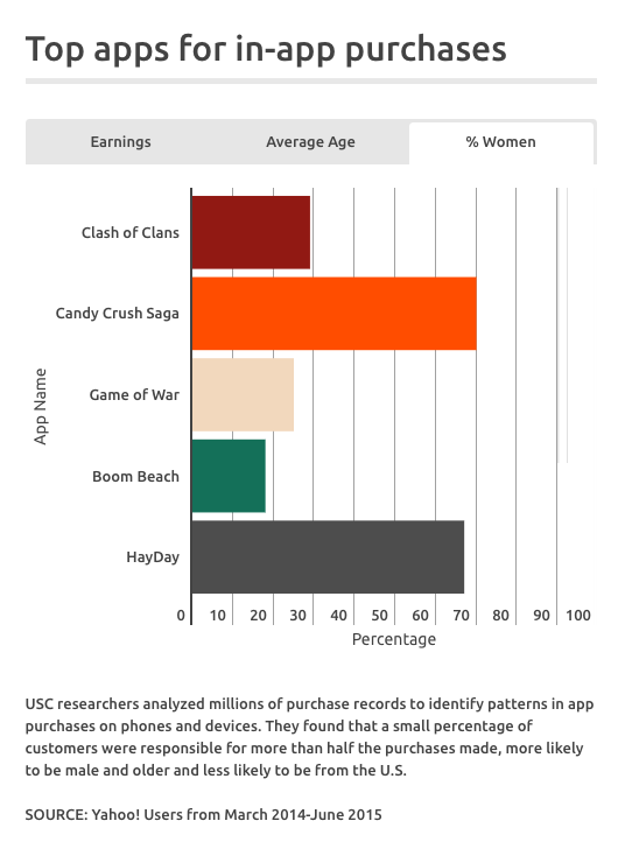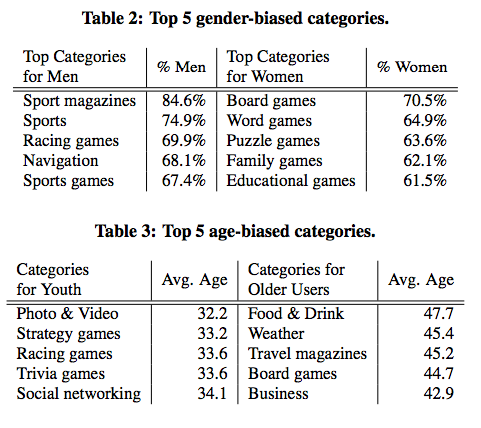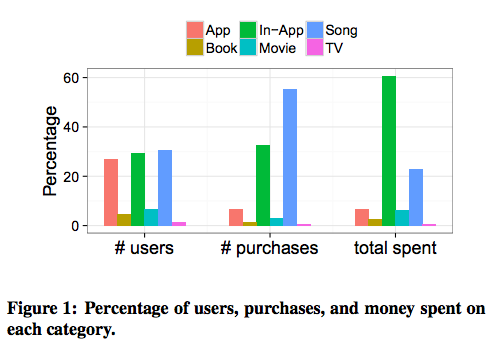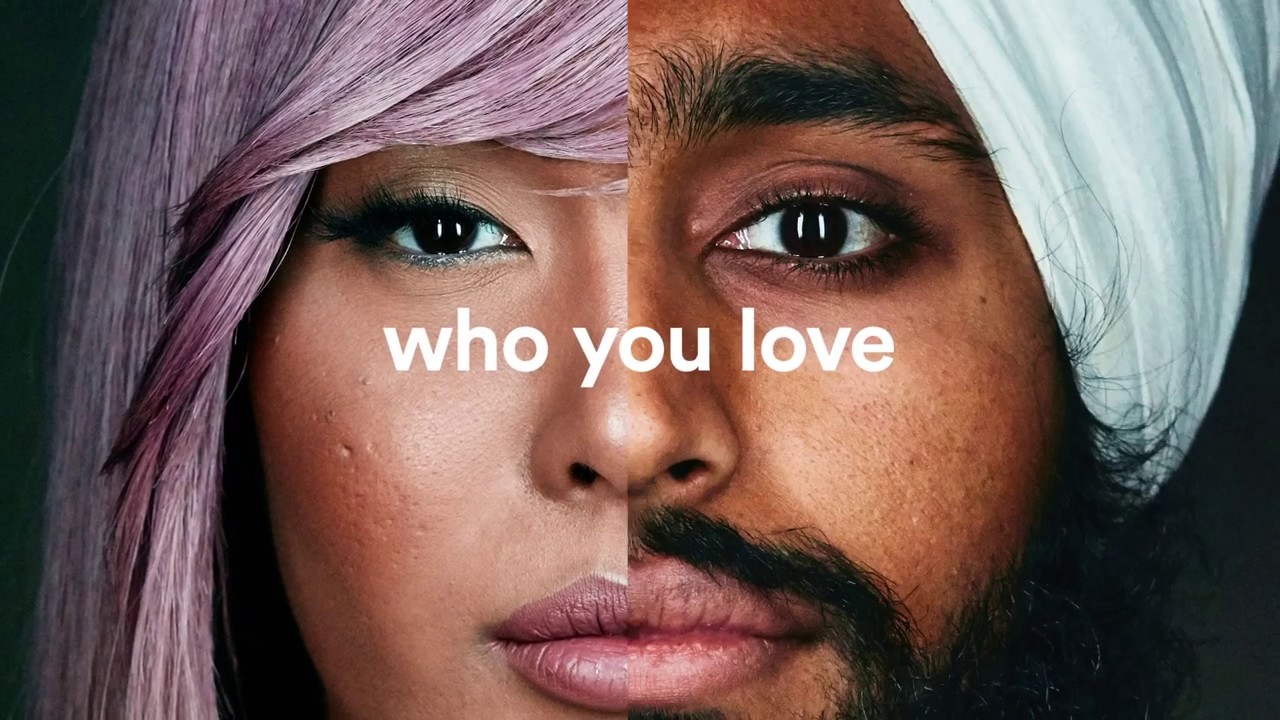
Kat Ayres moderates “Heughan's Heughligans,” a Facebook group devoted to the Outlander book series and its Starz adaptation. It&039;s a big job. The group&039;s 22,000 members write around 1,000 new posts a day — about everything from the show&039;s stars, Sam Heughan and Caitriona Balfe, to ancient Scottish tea sets — and Ayres and her nine co-moderators have to ensure they adhere to community guidelines that, in part, prohibit the discussion of politics.
“If there’s politics, it&039;s shut down,” Ayres told BuzzFeed News. “It leads to ugliness and bad feelings and drama.”
Leading up to the presidential election, that big job got even bigger. Heughan&039;s Heughligans had banned political discussion since the group started in 2013, but in 2016 political posts became more frequent and, as Ayres put it, “more intense.” She found herself spending hours a day poring over every post, trying to remove political content from the group; it felt like every other comment referred disparagingly to Donald Trump or Hillary Clinton. Finally, after Trump was elected and the political talk didn&039;t abate, Ayres and the other mods decided to take a drastic step: They enabled “Post Approval,” which requires everything posted to Heughan&039;s Heughligans to be blessed by a mod first.
“It was around Thanksgiving,” Ayres said. “We wanted to spend more time with our families.”
That&039;s right: It takes the the Heughan&039;s Heughligans mods less time to read and approve 1,000 posts a day than it does to retroactively spot-scrub the page and deal with the conflicts that emerge from letting people discuss politics before the posts can be taken down.
Yet such is the life of a certain kind of moderator in the age of the Trump administration. Across the internet of nonpolitical interest groups, from college football and Catholic community message boards to parenting, professional sports, and New Age Facebook groups, determined — if beleaguered — admins are trying their best to keep their spaces free from politics, which in 2017 really means the looming presence of one extremely polarizing person. They&039;re doing so on behalf of an untold number of users who have quickly found fandom and personal interest communities to be some of the last politics-free spaces on the English-language internet.
“A lot of the messages we get say, &039;Thank you for having this rule,&039;” Ayres said. “&039;Because this is the one place I know I’m not going to have to deal with politics.&039;”

A post on the “N.Y. Islanders Baby! Uncensored* Isles Talk for Adults” Facebook group.
Explicit or tacit bans on political talk in specialty message boards and other groups are nearly as old as the internet. And indeed, Heughan&039;s Heughligans and other no-politics groups would (and do) readily ban posts about Barack Obama, Bernie Sanders, and Hillary Clinton.
But over the past year, a half dozen moderators of various political persuasions told BuzzFeed News, something has changed. Begin with a presidential campaign that in the words of one mod was “the most heated and volatile one that most of our subscribers can remember.” Add a president who uses one social network, Twitter, as his own personal news channel, to the point of saturation. Throw in hyperpartisan filter bubbles that create parallel versions of current events (and nasty fights in the comments sections) on the biggest social network, Facebook. Finish it off with a mainstream media that has become all Trump, all the time, and you&039;ve got the recipe for a social internet that seems to be downright Trump-themed, no matter your politics.
In such an environment, the moderators of niche-interest communities say their spaces are more important than ever.
“We look at it as an oasis to get away from all the madness.”
“We look at it as an oasis to get away from all the madness,” said Gregory Christopher, who moderates a Facebook group called “N.Y. Islanders Baby&033; Uncensored Isles Talk for Adults,” which, well, censors political talk. “CNN is just 24 hours a day Trump.”
Christopher, in fact, has had to go further than just banning political speech. His group, which is made up of Islanders fans from across the political spectrum, doesn&039;t allow Trump&039;s image (or the image of any national politician).
“Someone posted a meme of an Isles fan in a Trump mask holding a sign saying “Make the Isles Great Again,” Christopher said. “It immediately set off a firestorm and we asked the poster to take down the post.”
Christopher and Ayres, as well as other moderators, said they don&039;t police political speech simply for the benefit of their users; it&039;s also for the overall health of the communities. As anyone who has spent time on Twitter or Reddit in the last few years will tell you, political arguments can quickly turn toxic.
“It is such an incendiary topic that you’re going to drive people away,” said John Borton, editor of The Wolverine, a magazine and message board devoted to University of Michigan football that significantly limits political opinion online. “It doesn’t matter which side it happens to fall on. You’re going to see people walking away saying, &039;I don’t need this. I can go to a hundred different websites.&039;”
These politics-safe spaces do welcome most off-topic conversation. It&039;s common for users of the The Wolverine to ask for legal advice, prayers for an ailing relative, or grilling tips. Indeed, the ability of these communities to draw in off-topic discussion is part of what makes them communities. But politics — particularly in the age of Trump — is a third rail.
“I don’t mind reading that you lost your yellow Lab, but those aren’t the kind of things that engender the fury that will make people not want to be here,” Borton said.
At times, no-politics rules can lead to unintended and alienating consequences. Olga Tomchin, an immigrants&039; rights lawyer and a former child refugee, submitted a post to a Facebook anxiety support group asking how to deal with stress related to the recent executive order banning travel from some Muslim-majority countries. A moderator of the group asked Tomchin to change the language in her post to make the cause of her anxiety less specific, and less political. Tomchin refused and left the group.
Another tricky situation for no-politics communities arises when someone who is an important figure to the group does something political. Last month, Outlander star Caitriona Balfe tweeted that she would be taking part in the Women&039;s March in Edinburgh. Despite the tweet&039;s relevance to the show&039;s fans, Ayres and her fellow mods decided not to allow any posts referencing it.
Yet for most niche-interest sites, Ayres said, despite pushback from a few posters, this form of censorship is necessary to preserve the increasingly rare places on the internet where people who love Donald Trump and people who hate Donald Trump can come together and talk about something completely unrelated to Donald Trump.
“It&039;s kind of like a vacation on Facebook to come to our group,” Ayres said, “and not have to deal with politics, drama, and constant fighting.”
Quelle: <a href="The First Rule of These Facebook Groups: Don&039;t Talk Trump“>BuzzFeed


